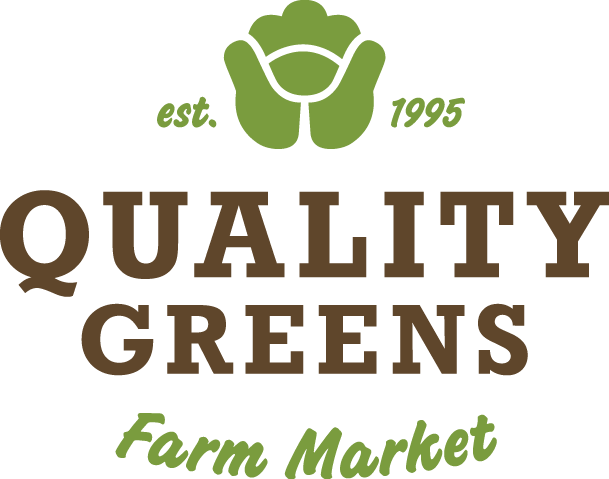
Happy Gut Series I: Gut Basics
November 28, 2018 by Lisa Aschenbrenner - Registered Holistic Nutritionist
Over the next few weeks I’d like to give some “bites” of information about an incredible part of our body and health that is just now starting to get some proper attention and provide ideas on how you can help support these tiniest of hard workers in and on your body.
I think it would be helpful to start at the very beginning and walk through the “who, what, why, and how” aspects of these very important inhabitants of our bodies. The tiny but critical organisms that make our gut and bodies their home have many functions, and when we lack them, at least the good ones, it could cause some of negative health consequences. If we understand their role and how we need them, we can often start to find ways to improve this area.
Please note - this is a HUGE area of study and the information is vast. What I plan to provide here is a simple Cole’s notes version, but there are many books and studies written to go into great depths of this complex but fascinating area if you want to dig right in.
The way we reference bacteria and our other helpful organisms is as diverse - let’s start by understanding what each term means so that the information provided over the next while makes sense.
Microbes - Organisms which are microscopic found in water soil and air. In humans, some microbes make us sick, while others are important for our health.
Microbiota/gut flora - A community of microbes found in within a specific environment. The human microbiota is made up of trillions of cells. We have 10 times more microbial cells than human cells, including bacteria, viruses, and fungi. The biggest populations of microbes in humans reside in the gut, but are also found everywhere in and on the body - skin, lungs, brain, mouth, nose, etc.
Micro biome - The micro biome is defined as the collective genomes (genetic material) of the microbes that live inside and on the human body.
Gut flora - Refers to the Microbiota found specifically in the digestive tracts of humans or animals. This population has a huge influence on health and disease within our bodies and its balance is critical to our immune and metabolic processes as well as protecting us against pathogens. Think of them like an army of front line defence as well as being teachers for the cells in our bodies.
Yeast - a microscopic fungus consisting of single oval cells capable of converting sugar into alcohol and carbon dioxide. This is helpful in fermented foods, like kombucha, sourdough, etc. However, if a not so good yeast becomes over populated in your body it can cause havoc, an example is candida.
Good/Bad Bacteria - simple terms used often to reference the quality of our population of gut bacteria.
Dysbiosis - the negative imbalance of fewer good and more bad gut bacteria/microbes.
(1).jpg)
Now some Interesting facts: The number of genes in all the microbes in one person’s micro biome is 200 times the number of genes in the human genome.
Think about that. The bacteria that resides in our bodies, has 200 times more genes than we as humans have. We think we are so complex, but these tiny organisms are so much more complex than we are! Also, we are just now learning how bacteria communicate to our cells. It is so much more complex than we have thought.
Keep in mind since the microbes out number of our human cells, we are more bacteria than we are human. Who is driving the bus? We should pay attention to these guys!
We know that these guys are important and we also know that DIET is considered one of the main factors in the health of our gut microbiota populations. There are studies to show within 2 days of changing diet which includes reducing sugars and increasing fibre, gut bacteria populations moved towards a healthier group which promotes health for our whole body. That is so powerful!
How can we support these populations to swing in the way of most beneficial?
Bad guys eat sugar. Feed the good guys to keep them growing stronger and more in numbers than the bad guys. Fibre comes from plants, so include more whole foods such as fruits, vegetables, whole grains (where fibre has not been removed), as well as beans, legumes, nuts and seeds in your meals and snacks.
Also, add more good guys by eating traditionally fermented foods. Real fermented sauerkraut, pickles, kefir, yogurts, apple cider vinegar, miso, and kombucha are all examples of foods that when made in their traditional way, they can support our human bacteria and yeast populations. If you are new to these items, start slow and see how you feel. Depending on your balance of bacteria and yeasts some may not be as beneficial at certain times. Having SIBO (Small Intestinal Bacterial Overgrowth) is one of those factors where what you eat can greatly affect your bloating and gas symptoms, so this needs to be handled cautiously.
That’s a good first part to our “happy gut microbes” series. Tune in next week for more!
Thank you,
Lisa Aschenbrenner, RHN - Registered Holistic Nutritionist
For more information please visit RealFoodForThought.ca
